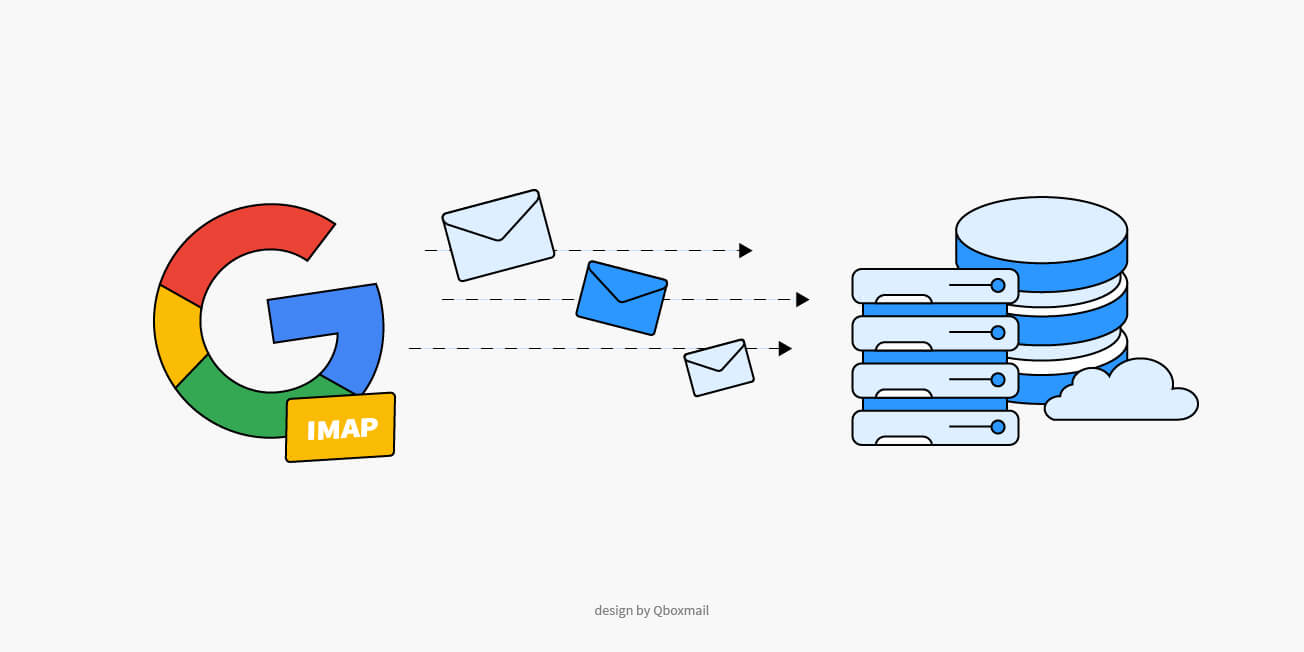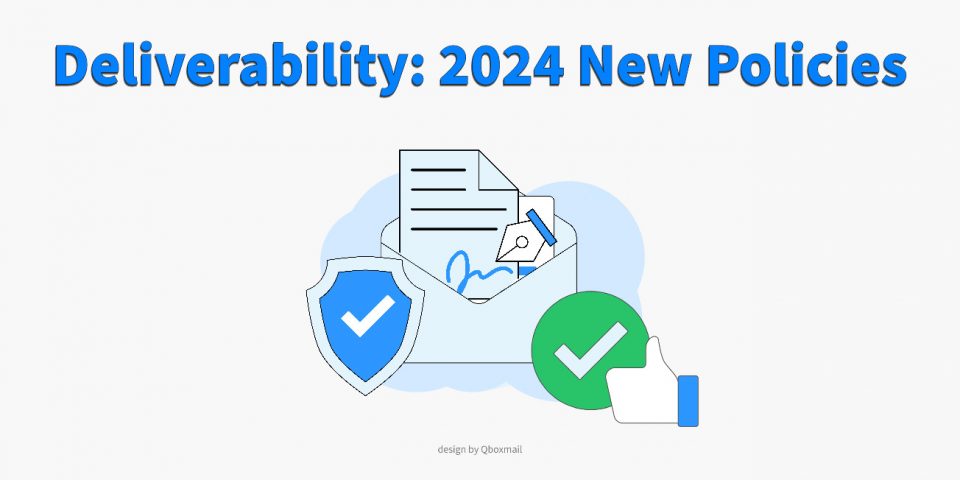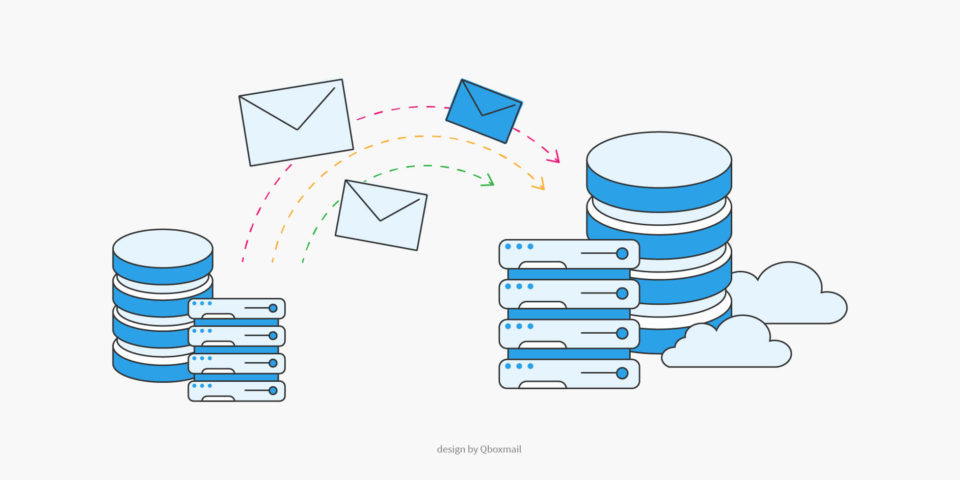Enable IMAP access on Gmail. How to migrate emails from Google

In this text, we will make an overview of the IMAP protocol and how to enable it on a Gmail email account to migrate emails from Gmail to another provider.
Most email clients (Outlook, Thunderbird, Apple Mail) allow you to access your email accounts via IMAP, a standard protocol usually offered by all email service providers.
IMAP access to email accounts allows you to keep them synchronized between multiple devices and also to download a copy locally or on your own server.
Finally, IMAP access is necessary when you want to migrate your domain, website and company email accounts from one Hosting provider to another. Migration via IMAP allows you to transfer all emails from the previous provider to the new one, bringing back all the email messages that are in the folders by recreating the same folder structure.
Gmail (both in the free version and in the commercial Workspace for companies) also offers IMAP access to email accounts, but its activation requires a specific procedure to be followed.
IMAP protocol
What is IMAP
IMAP, Internet Message Access Protocol, is a protocol used to access your email account and view messages. The IMAP protocol was invented in 1986 as a more modern alternative to POP3 and can be identified as the first email cloud.
IMAP allows the sharing and synchronization of your emails on multiple devices and for this reason it can be considered the first Cloud
In the case of Google, the IMAP protocol is in with the IMAP protocol, messages are stored on a server to which you can connect from different locations and view exactly the same messages, both sent and received.
IMAP access
IMAP access is generally provided by all email providers: some providers such as Qboxmail include it in the service, others offer it as an optional paid service.
In the case of Google, the IMAP protocol is included in the service, but it must be enabled.
Migration and IMAP
In addition to accessing your messages, IMAP access is essential for making a migration.
What is a Migration?
A migration is a procedure that is done when a user decides to change their email service provider but wants to keep the content of their email account.
In this case, Qboxmail, through the control panel, has a tool to carry out this procedure in a simple way by uploading a text file.
How does the migration with Qboxmail work?
Migrations transfer all messages via IMAP Sync from the old server to Qboxmail and replicate the entire tree of folders and subfolders.
Qboxmail provides a guided and automated procedure for email migration. The Qboxmail systems connect, at the date and time specified by the customer, to the remote server of the previous provider and copy the messages present in the email account. At the end of the procedure, Qboxmail sends a notification to the customer who will have to change the MX records of the domain.
What you need to migrate to Qboxmail
- IMAP active on the current provider
- Credentials for accessing email accounts
- Have already created the new mailboxes on Qboxmail
Migrate from Google
If the provider of origin is Google, it is necessary to carry out some intermediate steps on the Google side:
1. Enable IMAP access
After logging into your Gmail or Gsuite account, click on Settings > View all settings > Forwarding and POP / IMAP > IMAP access: ACTIVATE > Save.
Google documentation

2. Enable two-factor authentication
To allow the migration of messages it is necessary to enable external access to the box which can only be activated if two-factor authentication is active.
You can activate two-factor authentication by clicking on Security> Security > Google access > Two-factor authentication.
3. Enable an App Password
Now you need to enable an “App Password” by clicking on the following link https://support.google.com/accounts/answer/185833 or by clicking on Security > Google Access > App Passwords.
Once the password for the Apps has been enabled, it will be possible to create the migration file by entering the password just created as the password of the remote mailbox.
Upload the migration file!
Once all 3 steps have been completed, you can proceed with uploading the migration file to the Qboxmail control panel.
For more information on the Migration process, please read our documentation.



